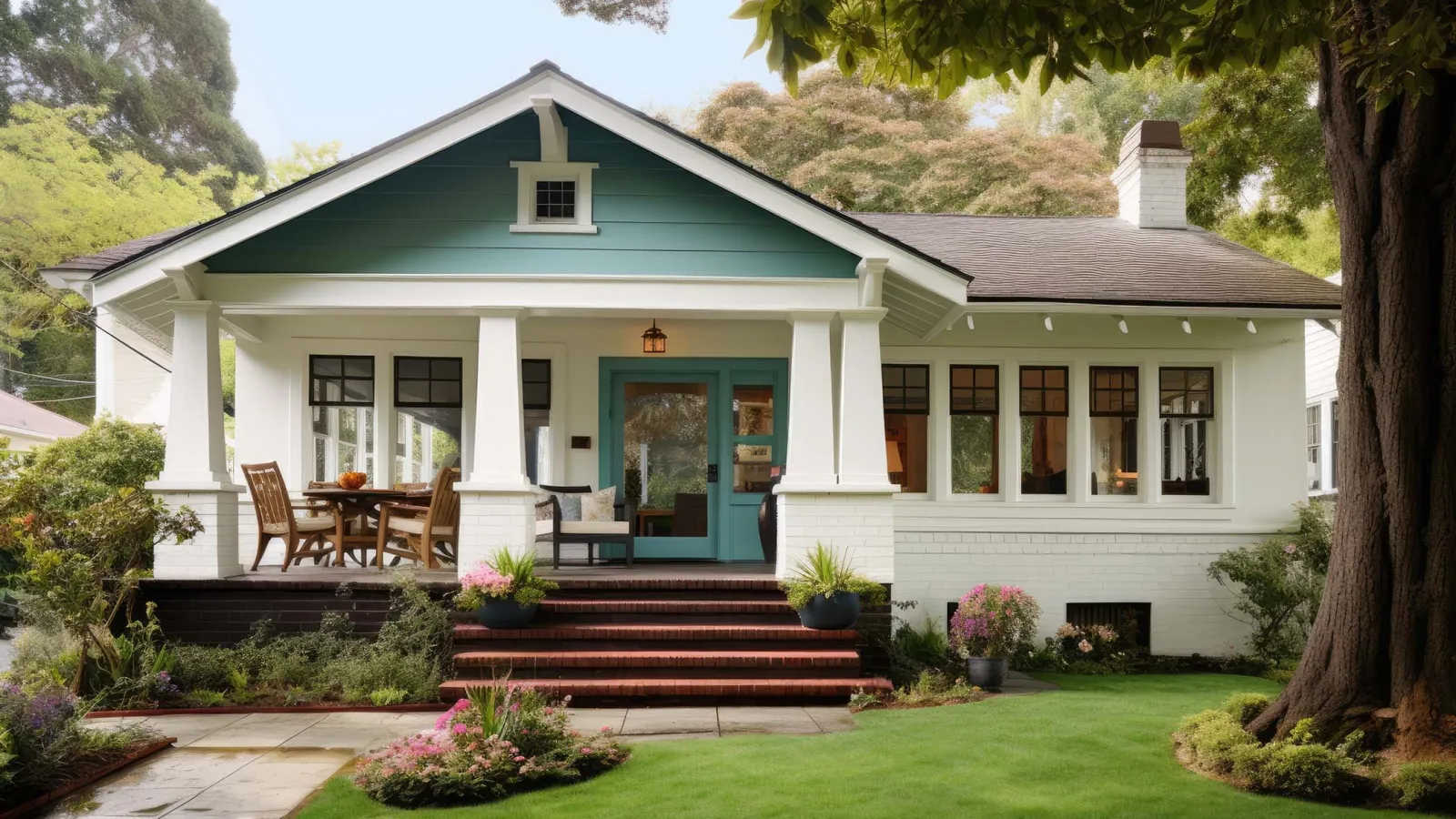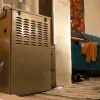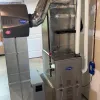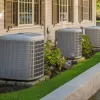You don’t have to be a building scientist to improve indoor comfort. But it helps to know a few tricks of the trade.
Let’s take a look at five simple, but often overlooked, building science facts that have a profound impact on home performance.
1. Your home is a system.
Getting comfortable isn’t as simple as installing some HVAC equipment and calling it a day. Your home is a system of components, all of which work together to make you comfortable.
Or not. When the system isn’t functioning properly, you’ll feel uncomfortable.
To get your head around this idea, it helps to understand the concept of a building envelope. Your home’s envelope is the thermal and pressure boundary that keeps some air and heat inside and other air and heat outside. Generally speaking, the tighter the envelope, the more comfortable you are.
Newer homes tend to be tighter with fewer air leaks. Building science has come a long way in the last few decades. For example, we now understand that homes don’t need to “breathe” and that a tight envelope with controlled ventilation enables more comfortable conditions than a leaky house that bleeds conditioned air.
The bottom line for homeowners: If you use AC in summer and heat in winter, you want to keep the conditioned air inside your home. The less air that leaks out, the better. Air sealing helps keep conditioned air inside. Increasing insulation levels helps keep the heat outside during the summer and inside during the winter.
2. The biggest pressure boundaries are at the top and bottom.
During the winter, warm, diffuse air inside your home rises. Colder, denser air leaks in from the outdoors, generally from the bottom up. This phenomenon is known as the stack effect.
However, the reverse is true during the summer. Warm air from the outdoors enters from the top of the envelope, pushing cool air out from the bottom.
That’s right. Warm air doesn’t always rise. It can “fall,” too.
Why do we point all of this out? To emphasize just how important, it is to insulate and air seal the top and bottom of your home’s envelope. That’s where the biggest pressure boundaries are and tightening them up can go a long way toward keeping you comfortable.
The bottom line for homeowners: Due to the realities of air and heat movement in a closed system, encapsulating your crawl space and air sealing your attic is usually the most beneficial home performance upgrades. If you’re about to drop five figures on replacement windows to improve comfort and efficiency, you might want to reconsider.
3. Humidity is just as oppressive as heat.
Here in the southeastern United States, “It’s not the heat; it’s the humidity” is a common maxim.
But swearing at the humidity generally occurs outdoors. When people are too humid inside, they usually think their AC isn’t keeping them cool enough. In reality, their AC isn’t keeping them dry enough. An air conditioner, after all, has two jobs:
- Lowering the temperature
- Removing moisture.
Unfortunately, many HVAC contractors install equipment without regard to humidity control. The units they recommend are too big. As a result, your home cools off quickly, but the system doesn’t run long enough to remove the humid air.
Humidity, after all, enters your house the same way all air enters – through air leaks, most of which are in your attic and crawl space. The more humid air you allow inside, the less comfortable you are. In a tight home with a properly sized air conditioner, you can usually set your thermostat somewhere between 76 and 80 degrees during the summer. In leaky homes with oversized equipment, it’s not uncommon to see thermostat settings of 70 or less.
The bottom line for homeowners: The only way to properly size an AC is to perform a Manual J load calculation. This procedure takes all of your home’s attributes into account and provides a scientific basis for air conditioner sizing. The right unit will keep the moisture out – especially if it includes variable speed operation. A big one won’t.
4. Pulling in “good” air and flushing out “bad” air creates healthier conditions.
Good air is free from allergens and contaminants. It’s fresh. Usually, it passes through a filter before it enters your lungs. This is the kind of air that you want circulating throughout your home.
Bad air, on the other hand, is dirty. It contains particulates, many of which are invisible to the naked eye. These particulates aggravate allergies. Bad air also tends to be stagnant and humid. It can also stink.
How do you keep the good air in and the bad air out? Enter the oft-forgotten “V” from HVAC: ventilation.
The bottom line for homeowners: Indoor air quality matters and proper ventilation makes indoor air safe to breathe:
Ductwork should be sealed. You don’t want to pull unfiltered attic or crawl space air through your return. You also don’t want to mix supply air with unfiltered, unconditioned air before it’s released through your vents.
Fresh air is a beautiful thing. Here in the South, installing an ERV is a great way to circulate fresh air without overworking other HVAC equipment. If you’ve got high humidity in your home, installing a dehumidifier connected to fresh air is an even better option.
Filter, filter, filter! Be sure to change your air filter every three months. Try to choose a filter that doesn’t block air flow. If you and your family have allergies, you can even install a HEPA filter for maximum indoor air quality control.
5. Equipment matters, but it won’t solve every comfort problem.
A lot of HVAC problems are home performance problems. We can’t even count the number of times we’ve had clients swear they needed new equipment when a more cost-effective home improvement was all they needed:
- Hot upstairs rooms often benefit from attic air sealing and insulation upgrades, not a more powerful air conditioner.
- High utility bills sometimes result from air leaks in the crawl space and attic, not inefficient, aging equipment.
- Humidity problems might disappear after tightening the home envelope, rather than installing a whole-house dehumidifier.
- Sealing and cleaning ductwork frequently brings relief to allergy sufferers without installing new ventilation equipment.
To be sure, many comfort problems do require things like new heat pumps, whole-house dehumidifiers, and controlled ventilation systems. But when the problem has to do with home infrastructure – or the home’s envelope – it’s better to fix that problem instead. That way, you’re addressing the problem at its source, not putting a band-aid on it.
The bottom line for homeowners: If you’re not as comfortable as you’d like to be, don’t immediately resort to an equipment upgrade. The problem isn’t always your equipment – it might be your home. And there’s almost always a way to fix it.
Building science isn’t just the most comfort-effective choice. It can be cost-effective, too.






